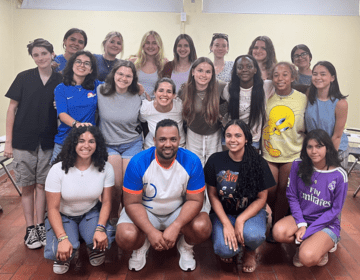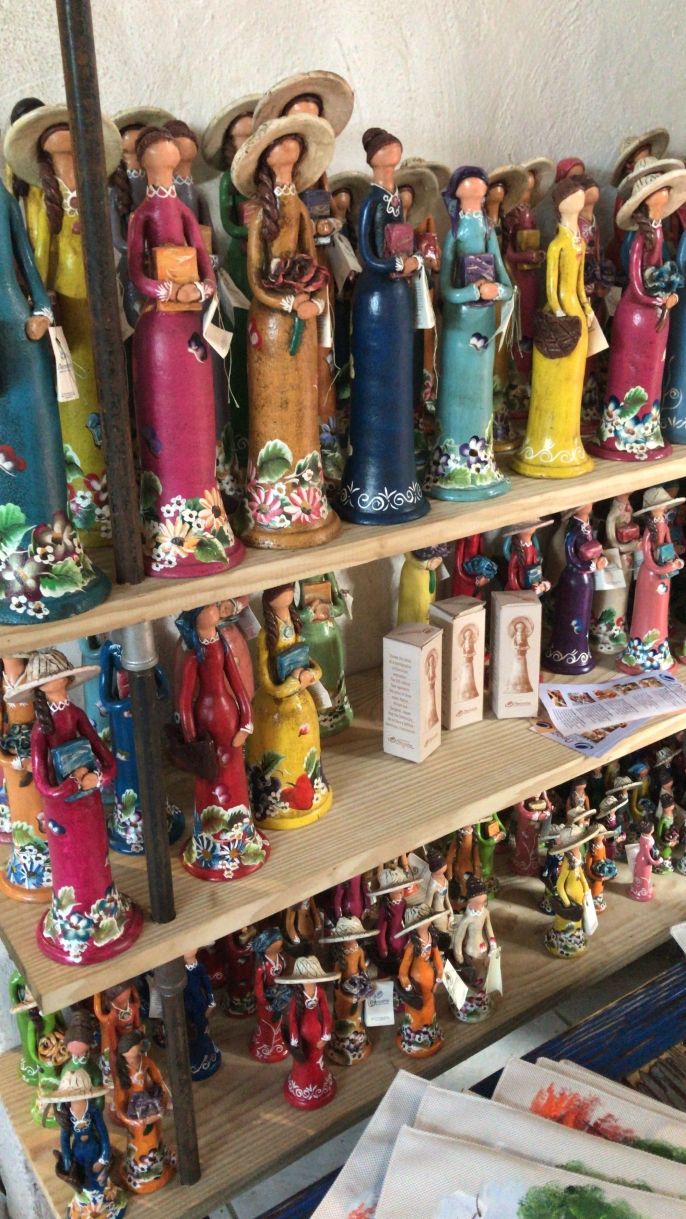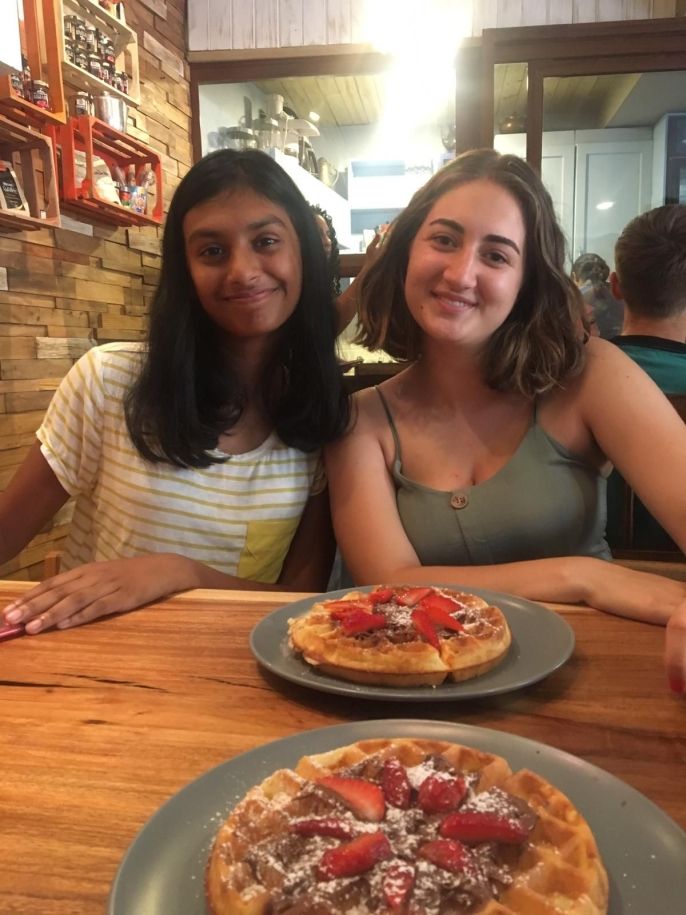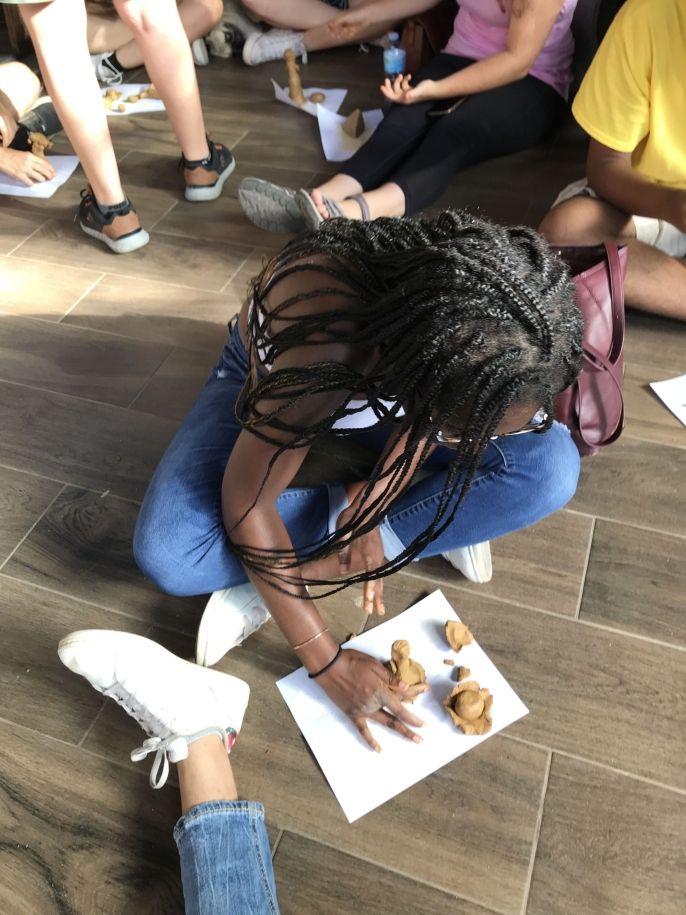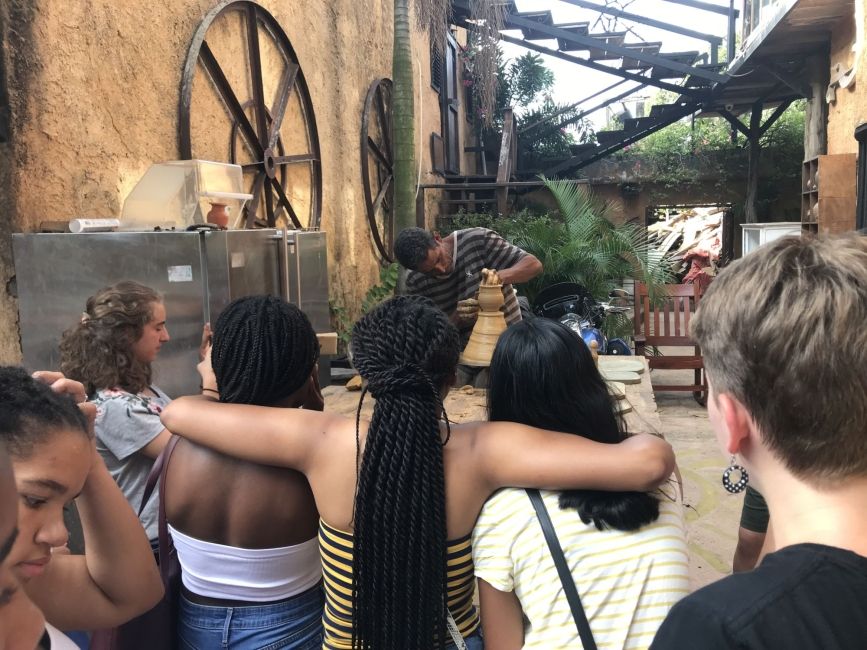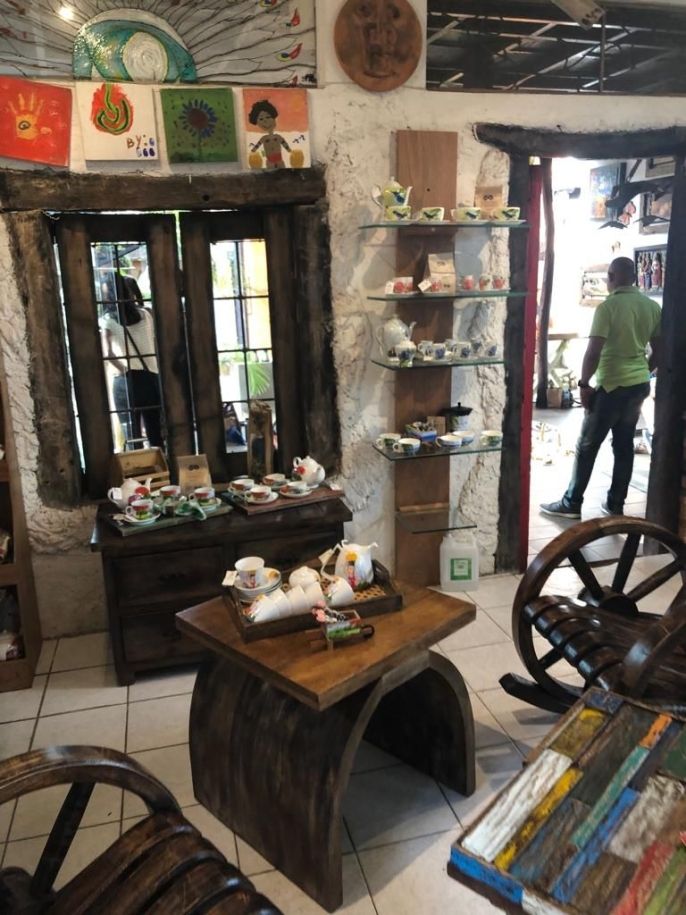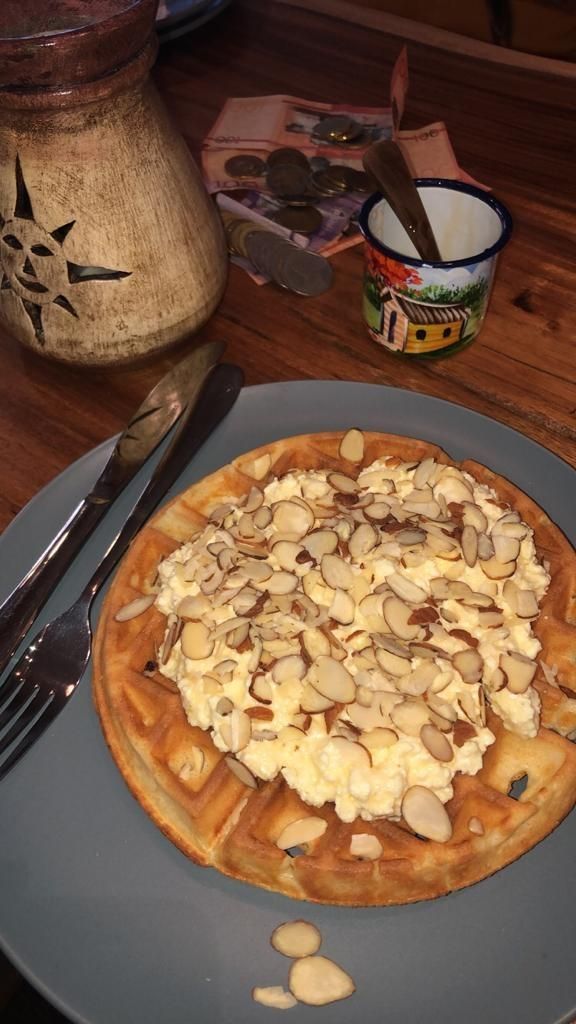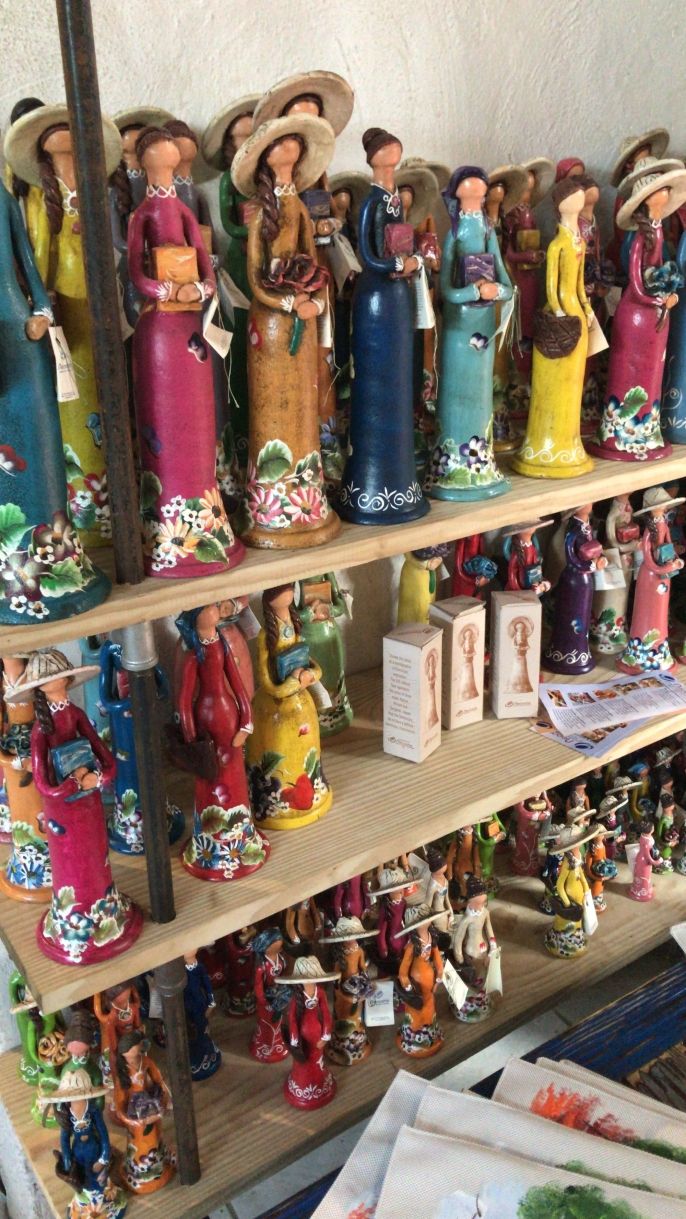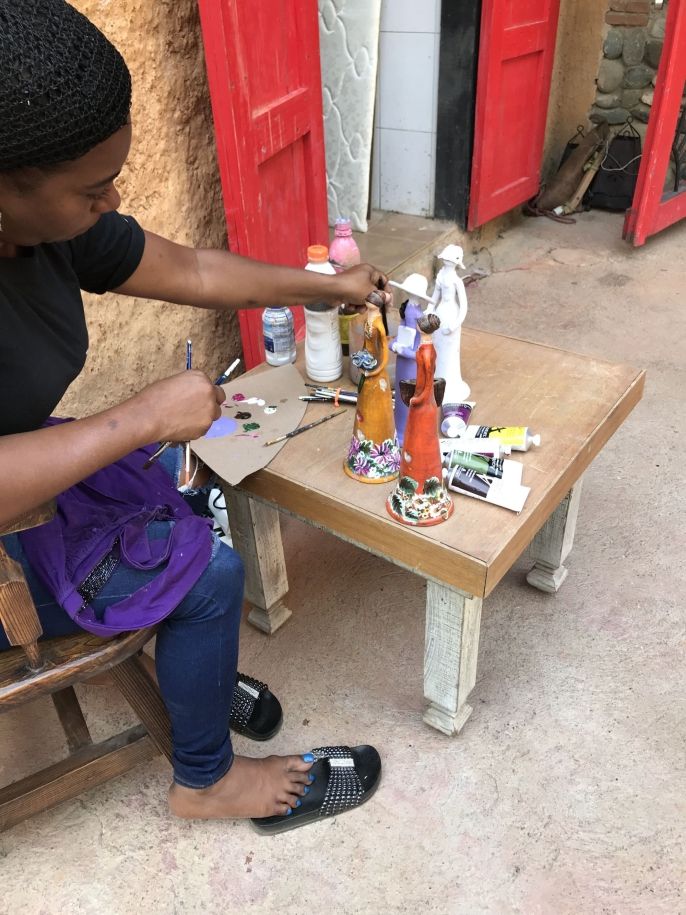Dolls without a Face
Una mezcla de razas
During our program learning about the Spanish language and the culture of the Dominican Republic, we hear mention of the mixture of races and traditions nearly daily by the teachers, community members, host families, and more. This mezcla of the indigenous (Taíno people), European (Spanish conquerors), and African (slaves) people makes the DR a very unique place. There are still many traces of the Taíno people in the foods, words, and place names, even though they all were killed by the Spaniards through disease and violence. When the Taínos were no longer available to serve as workers for the colonizing Spaniards, they turned to the African slave trades to meet their labor needs. The African influence on modern-day Dominicans is undeniable. We often hear, see, and taste the lingering effects of this forced migration of Africans to the island. Much music carries an African beat, one of the principal foods eaten daily--plantains--came here from Africa, and many of the beautiful physical attributes that Dominicans have been blessed with are thanks to their African heritage.
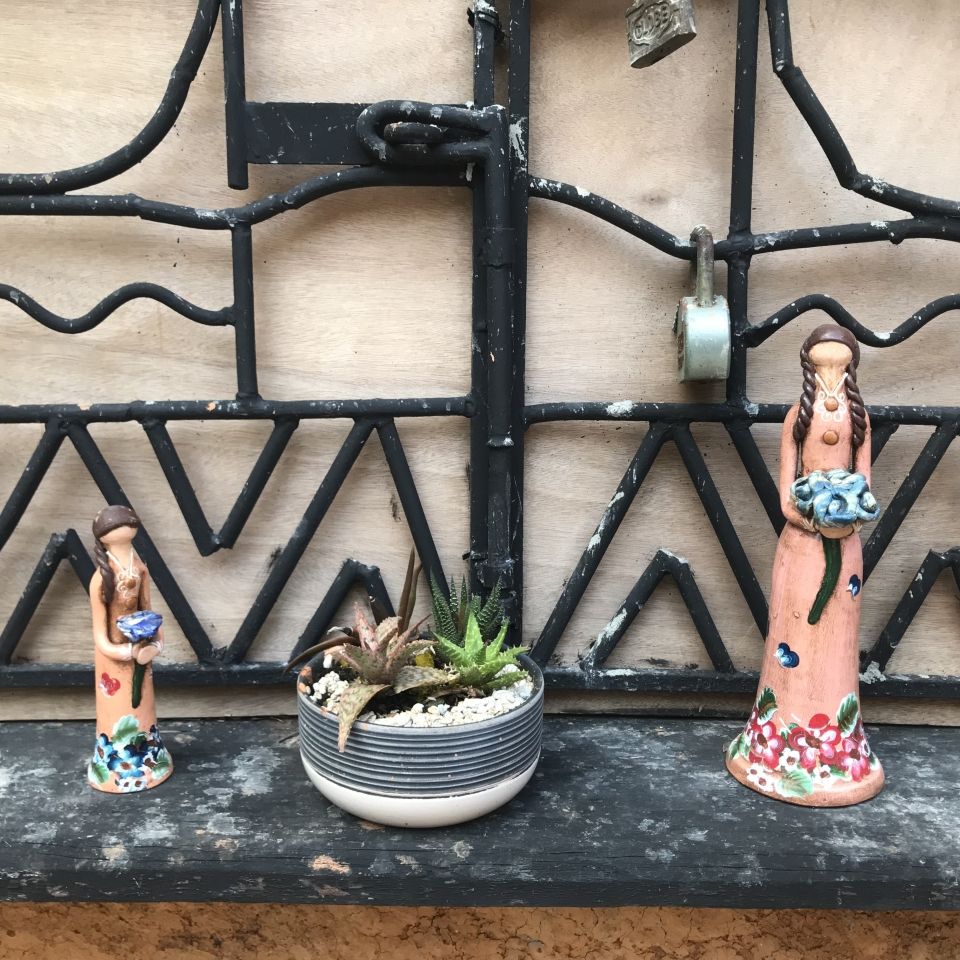
Muñeca sin rostro
Keeping all that historical context in mind, we took a trip to a nearby city to learn more about the traditional Dominican doll, "muñeca sin rostro", meaning "doll without a face". After enjoying some coffee, hot chocolate, and waffles at the restaurant located at the artisan's shop, we watched the process of a doll being made. As our guide explained to us, the dolls are a manifestation of Dominican expression. The doll without a face represents the union of three races: Native, African, and European. Because Dominicans do not have defined physical characteristics, neither does the doll. Our guide also explained the significance of the clothing and accessories that the dolls have. A hat because it's sunny here in this tropical place, a long dress from the Victorian era (sometimes explained as a flamenco-style skirt from Spain), a book to represent Catholocism as brought from Spain.
Participant Cat explains the process: During our time at Neoarte I got to see the proess of how these beautifully designed muñecas are made, led by a very comical tour guide. Before the official tour started, we got to wander through the little store that was there and see already handcrafted dolls with all these flowers all over. The first step of the process we got to watch the man spin the platter of clay by foot and mold from the top the body and hat of the doll. Then, we moved on to the putting together stage where the arms, legs, hat, etc. were connected to the body. After that, we fast forwarded and got to see the lady paint the muñeca.
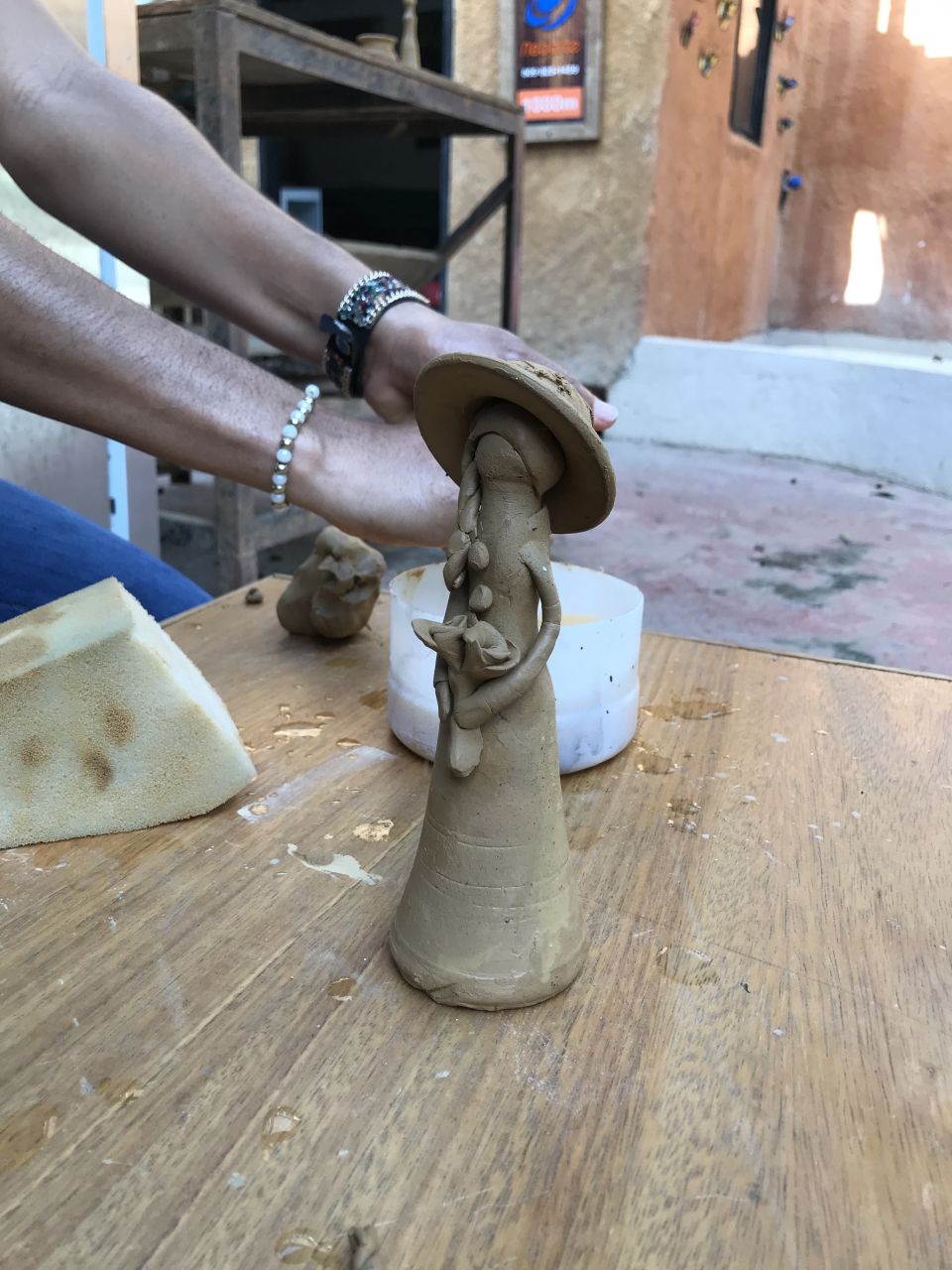
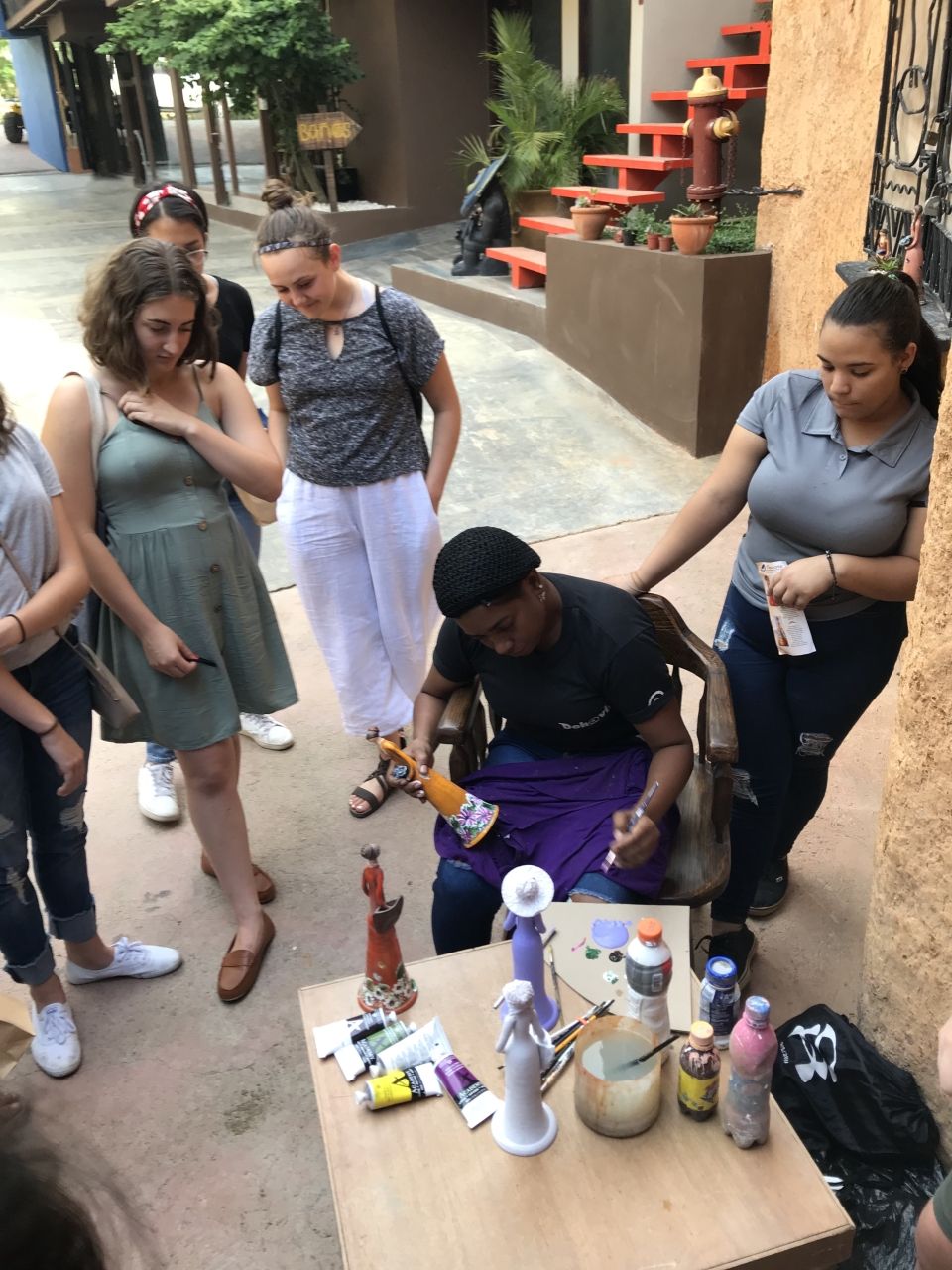
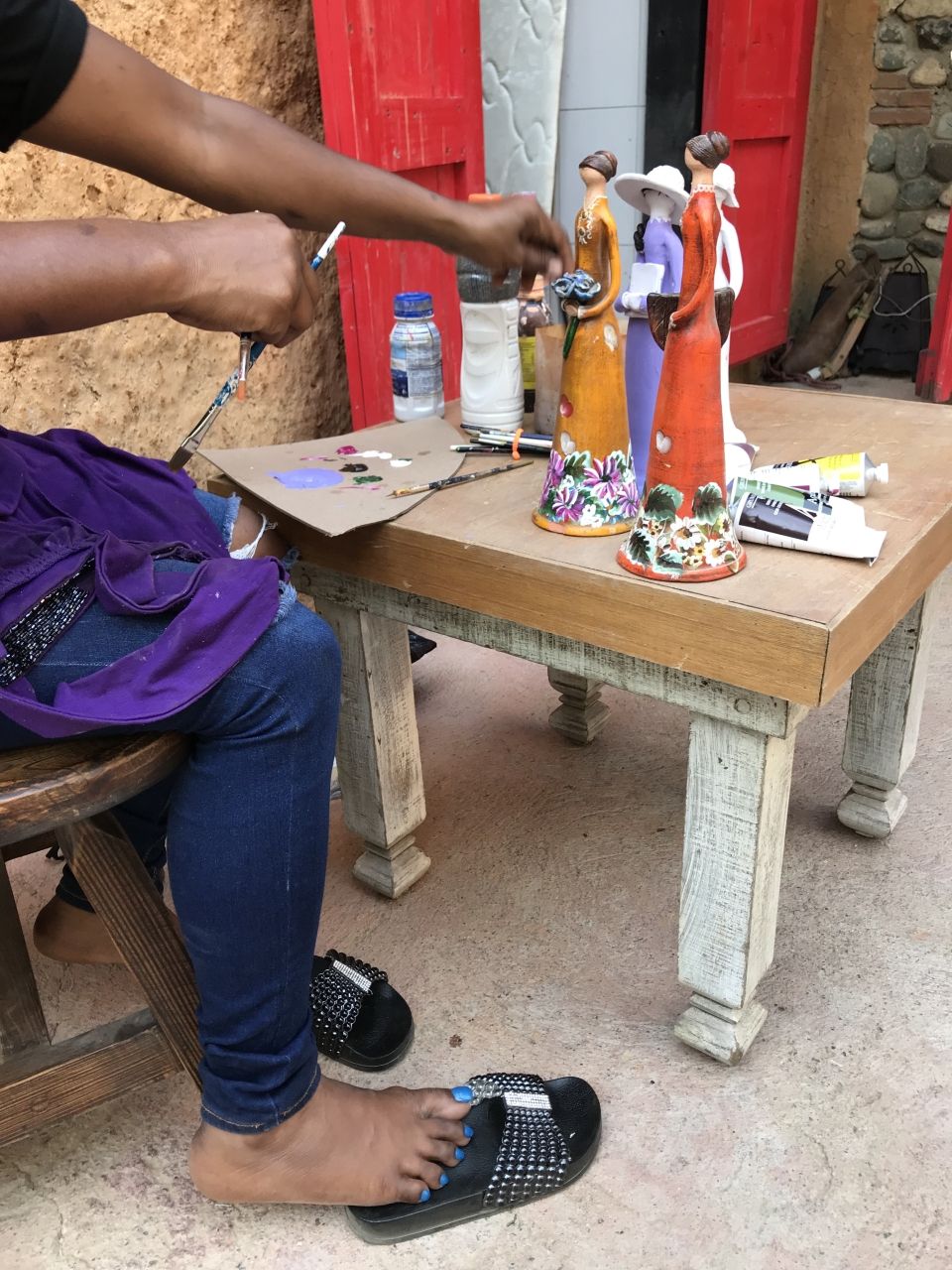
Concurso de barro
After getting a quick lesson of how the dolls are made from clay, we were put to the test with a contest. It was a bit challenging for most of us to come up with a creative idea of what to sculpt, and even more challenging trying to execute our ideas with limited tools (none) and time (ten minutes). We gave it our best effort, though, and it was impressive what people were able to! Alexa, MyAja and Adeja won the contest and received small prizes of a keychain or bracelet. ¡Felicidades chicas!
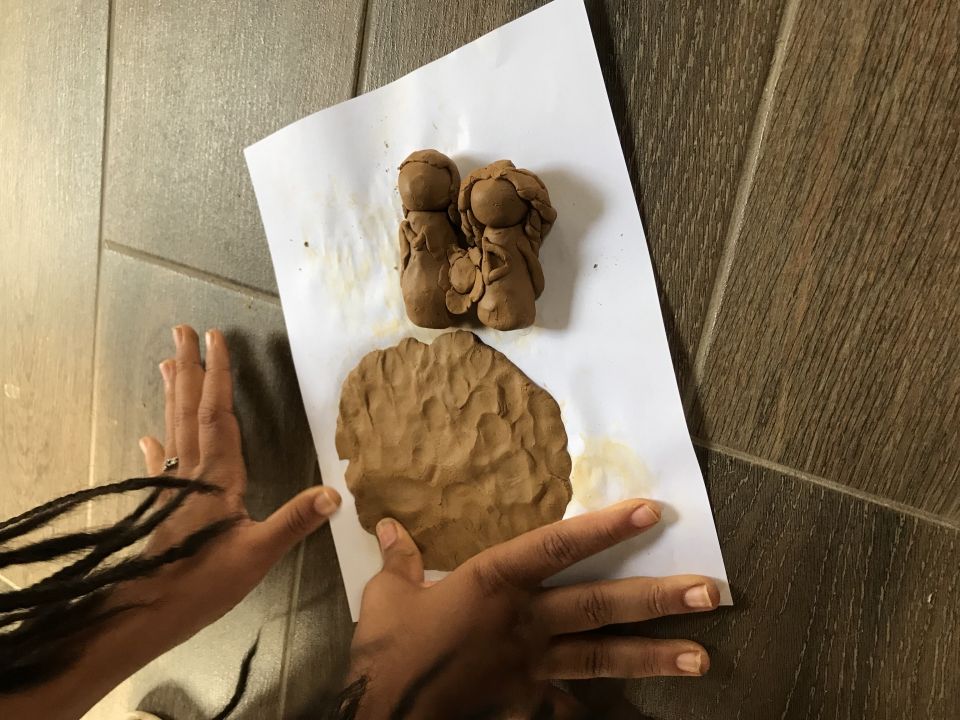
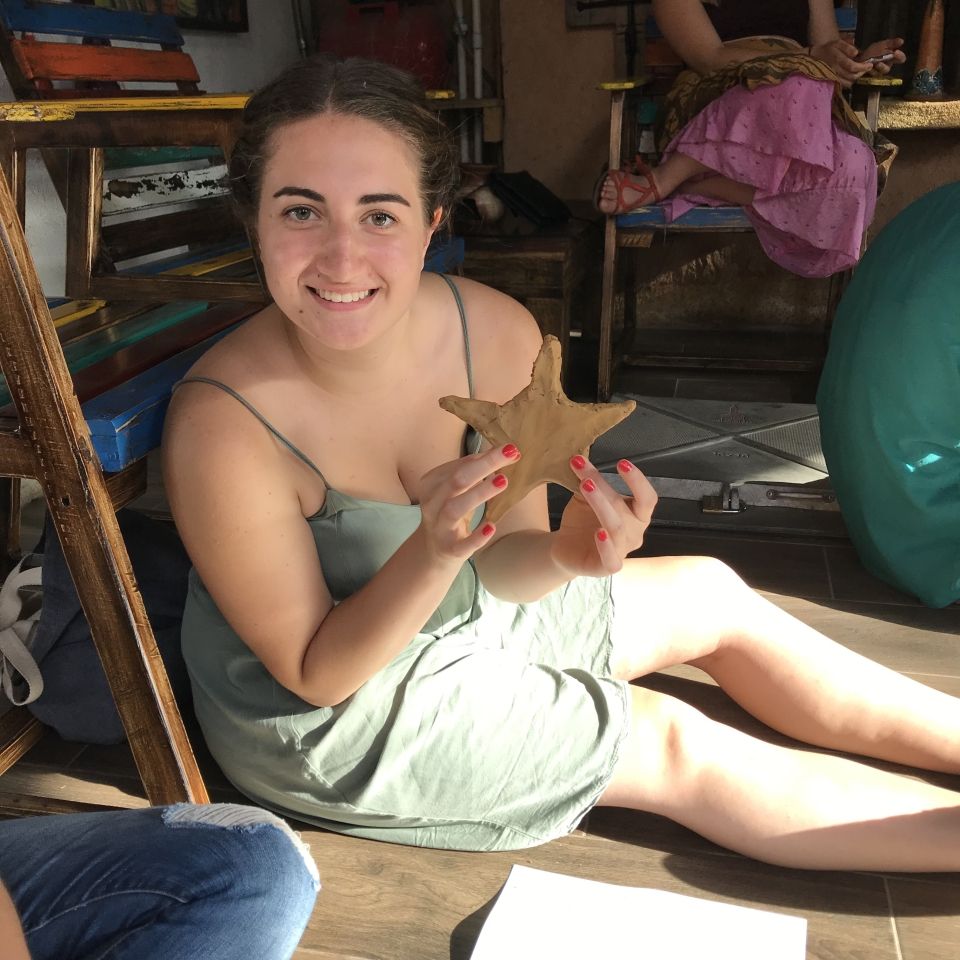
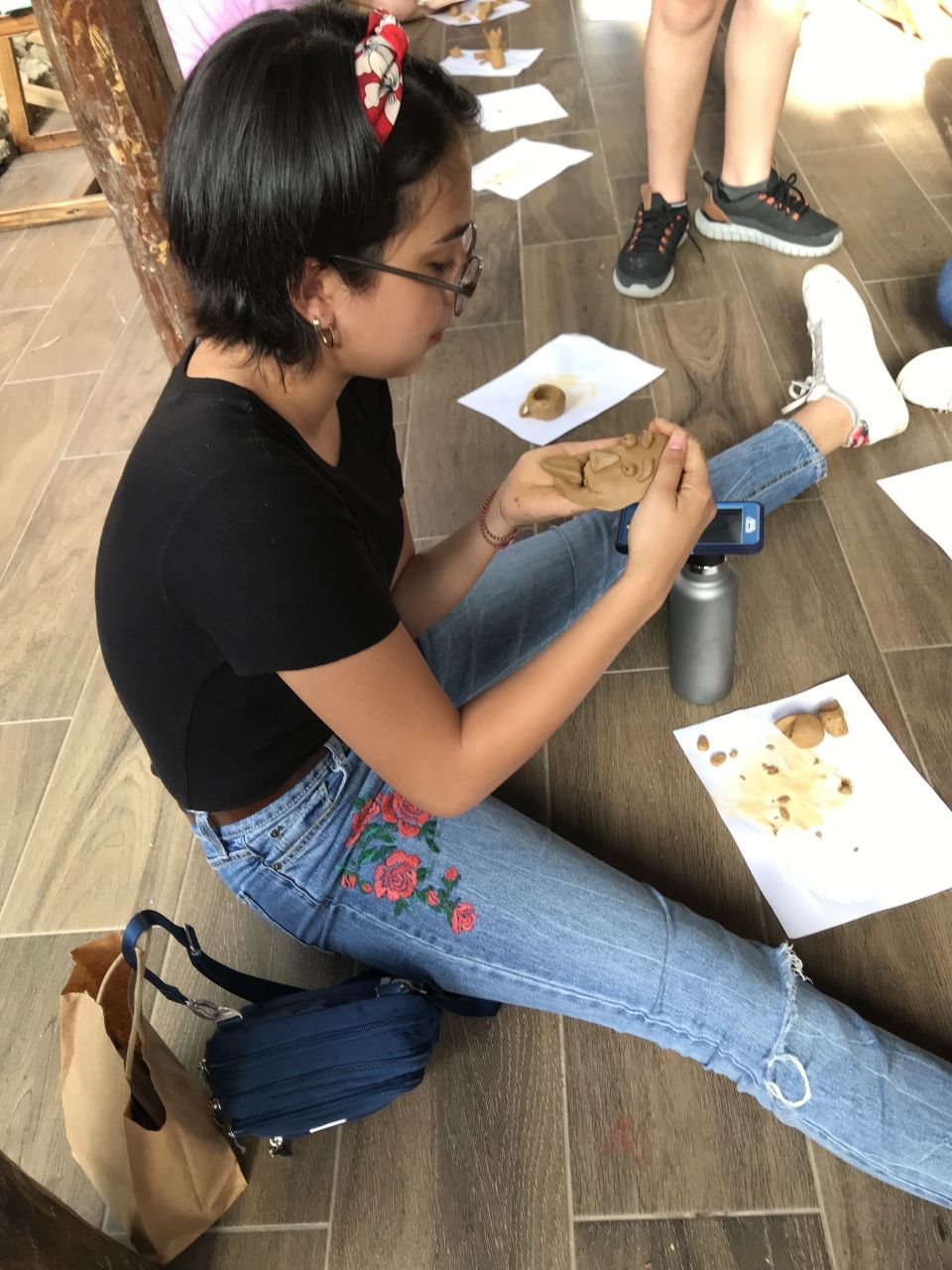
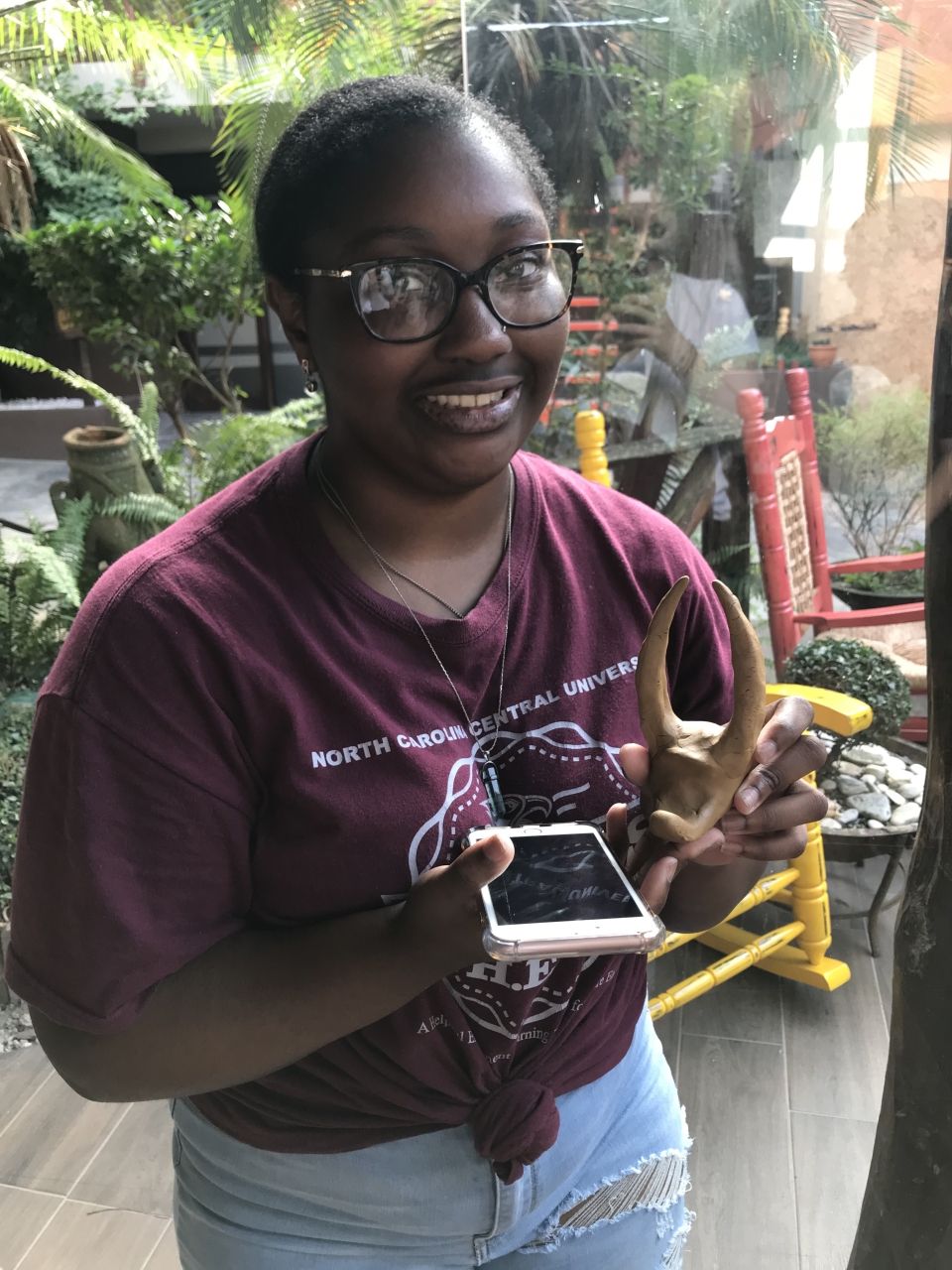
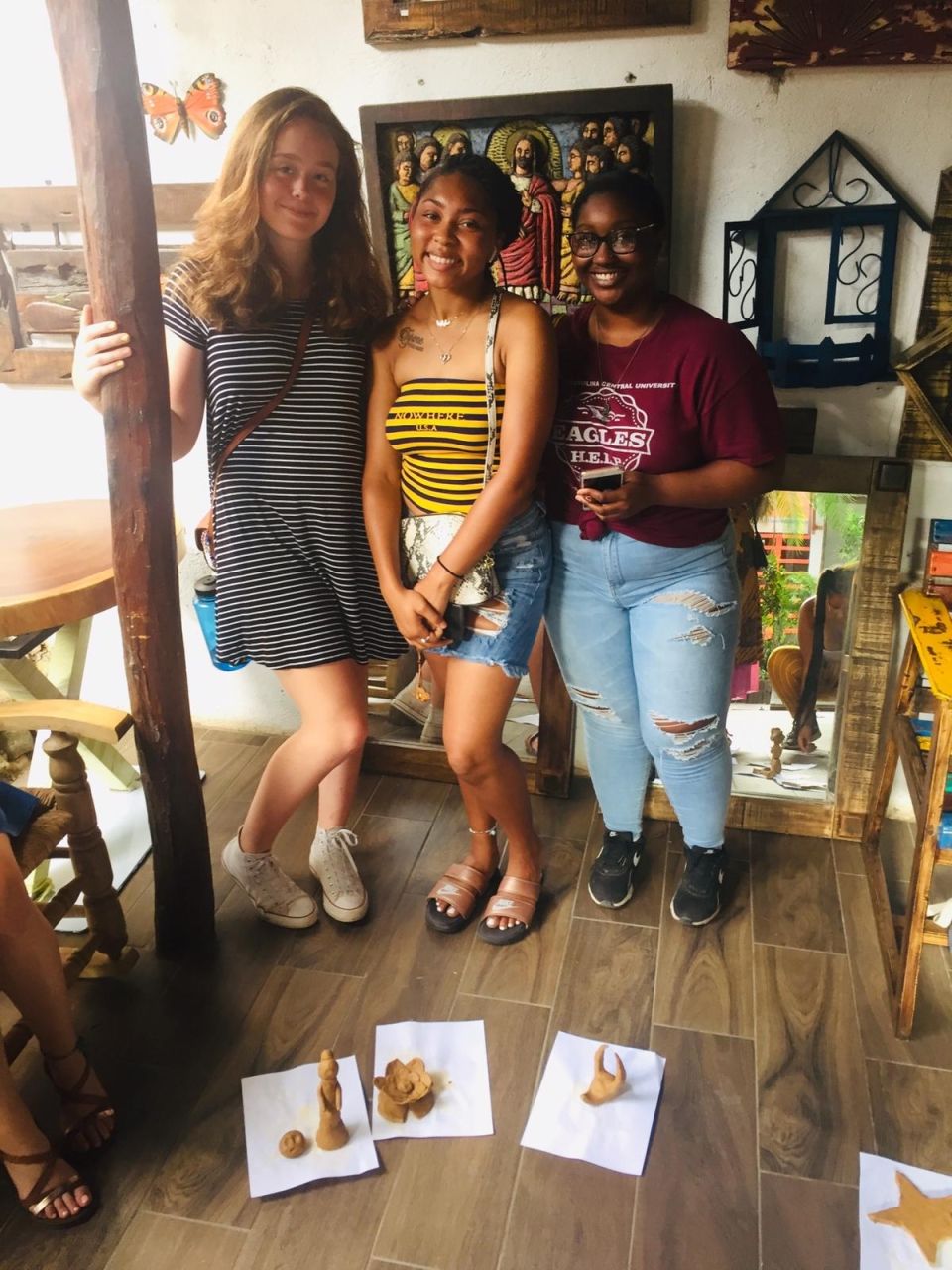
Before heading back to our homestays, we all received a small muñeca sin rostro to take back with us. After having learned about the meaning behind the doll and seeing the process the artisans go through to make each one, I think we all have a much greater appreciation for our muñecas and will always remember the experience we had that afternoon. Brandon said, "I thought it was interesting that there was a history behind the dolls, like the reason for having no face. I enjoyed getting to see the process of making a doll and then thought it was fun that we got to make whatever we wanted out of clay." In case you're wondering, his creation was a "deconstructed spider" -- what looked like 8 noodles next to a round ball of clay.
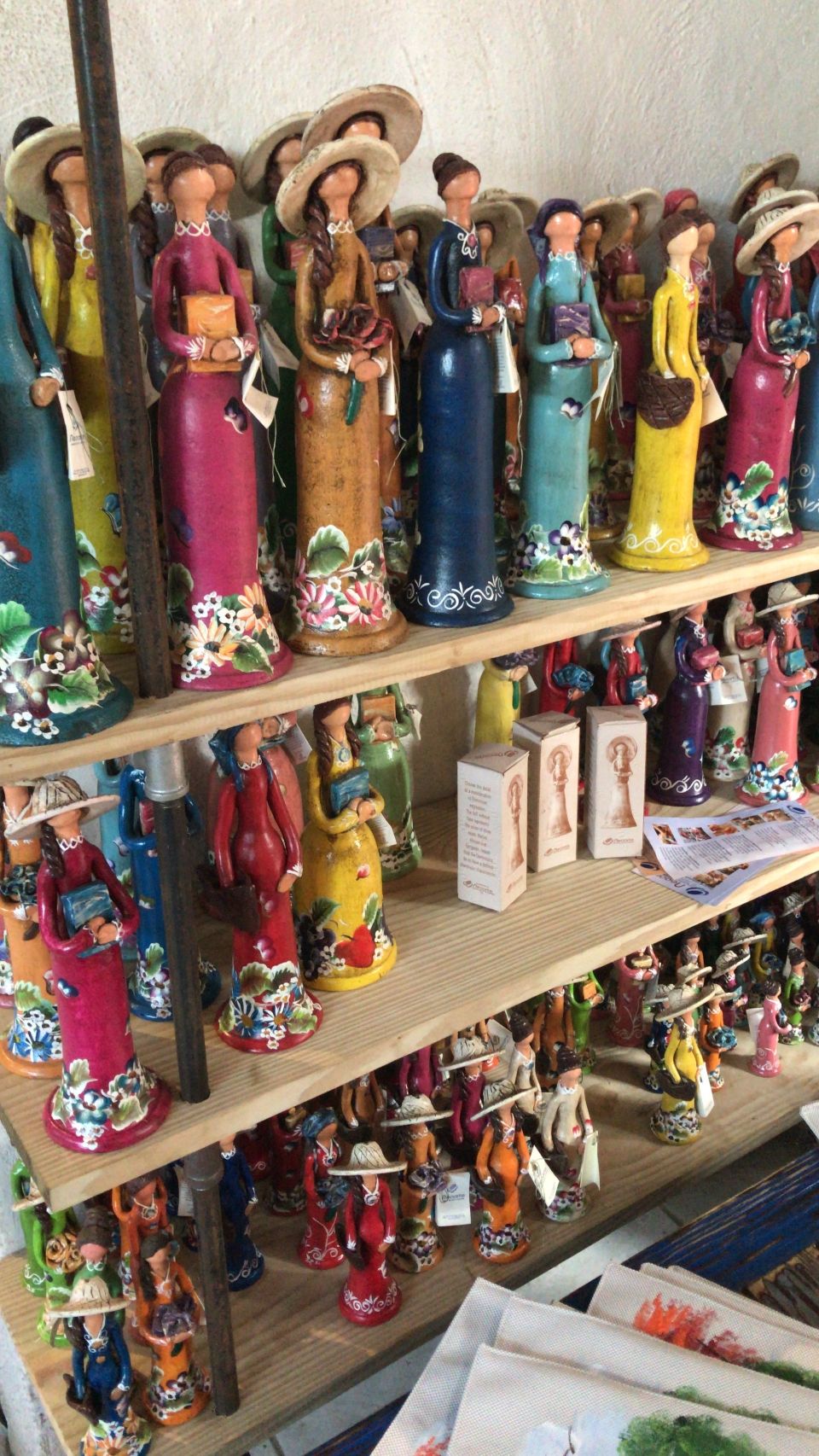
Related Posts
